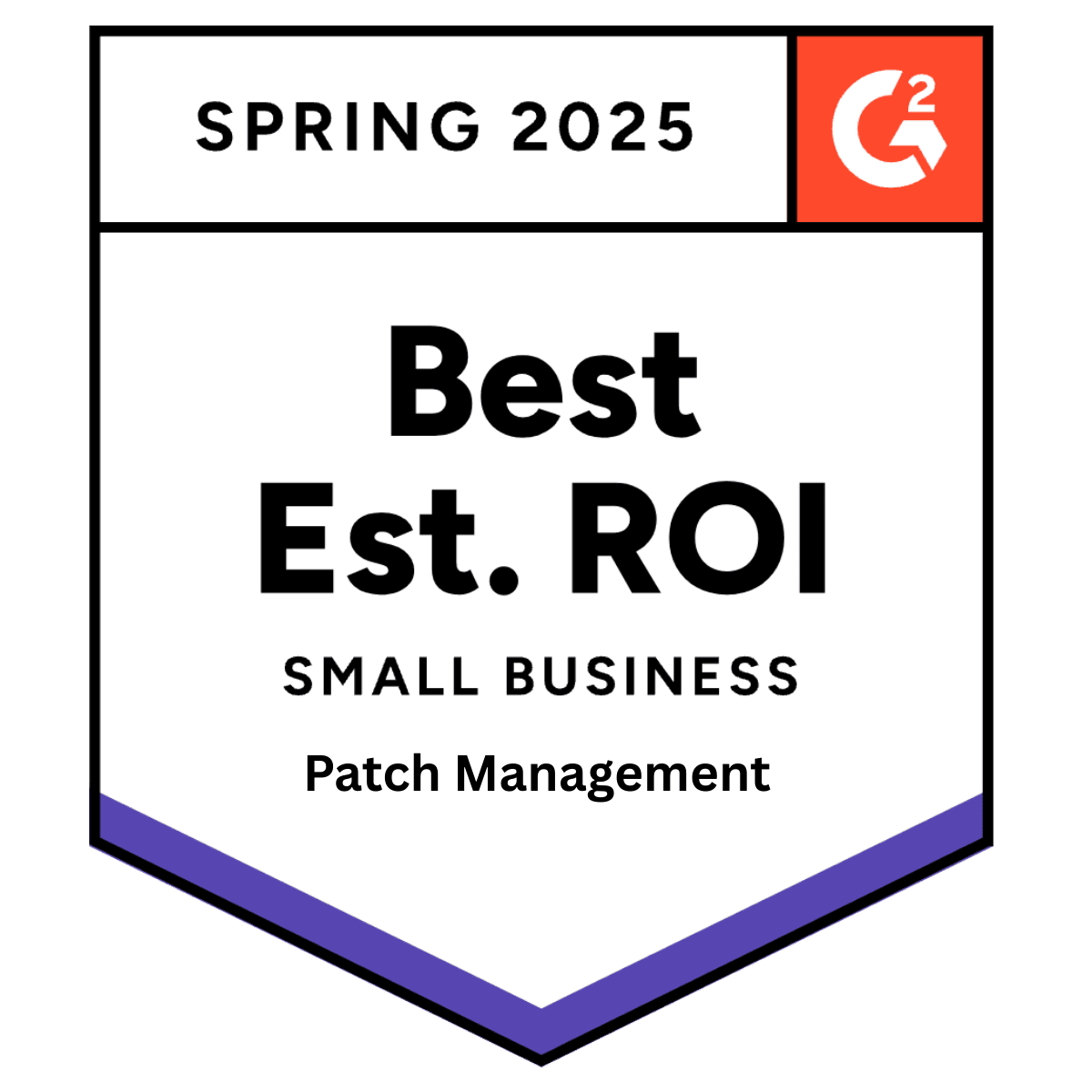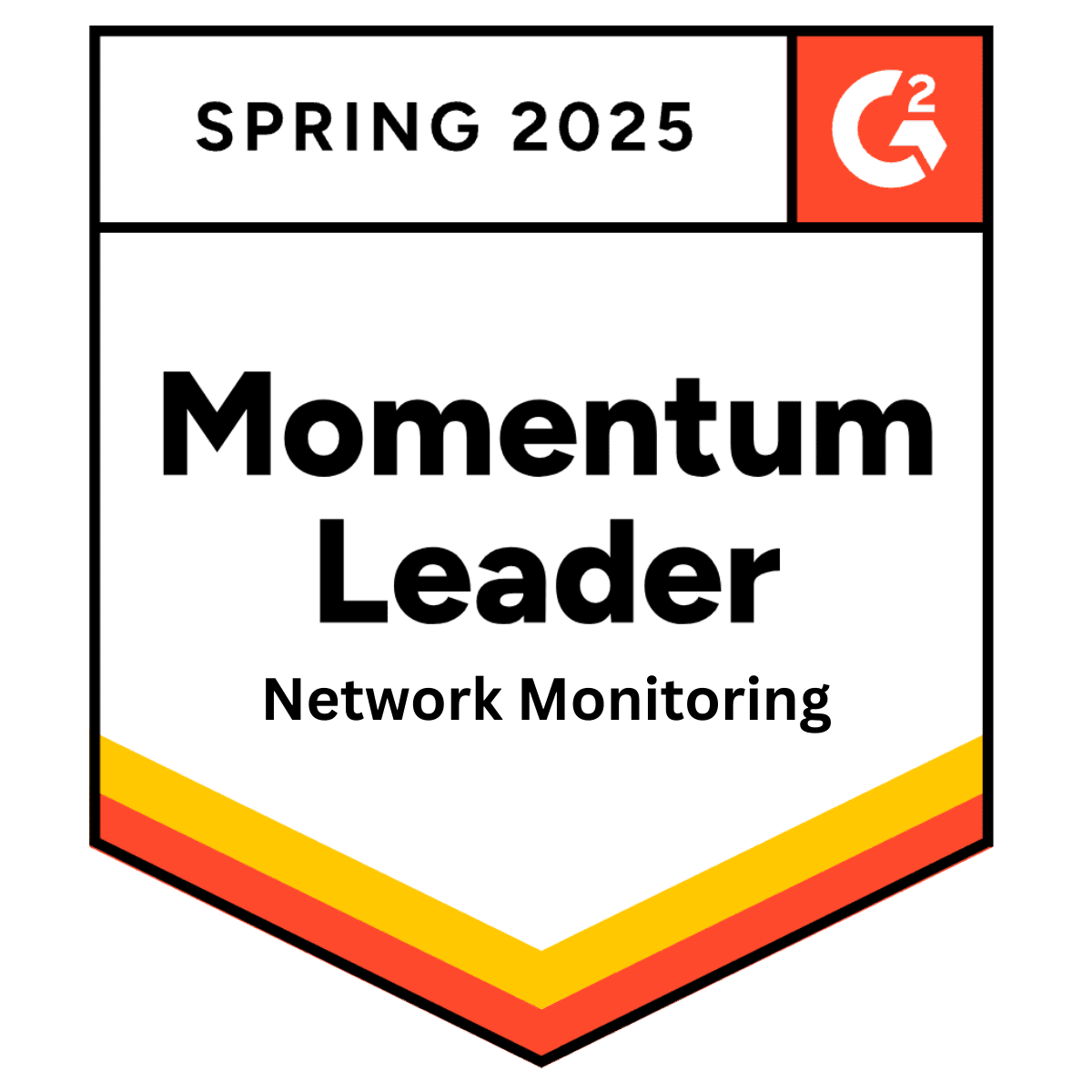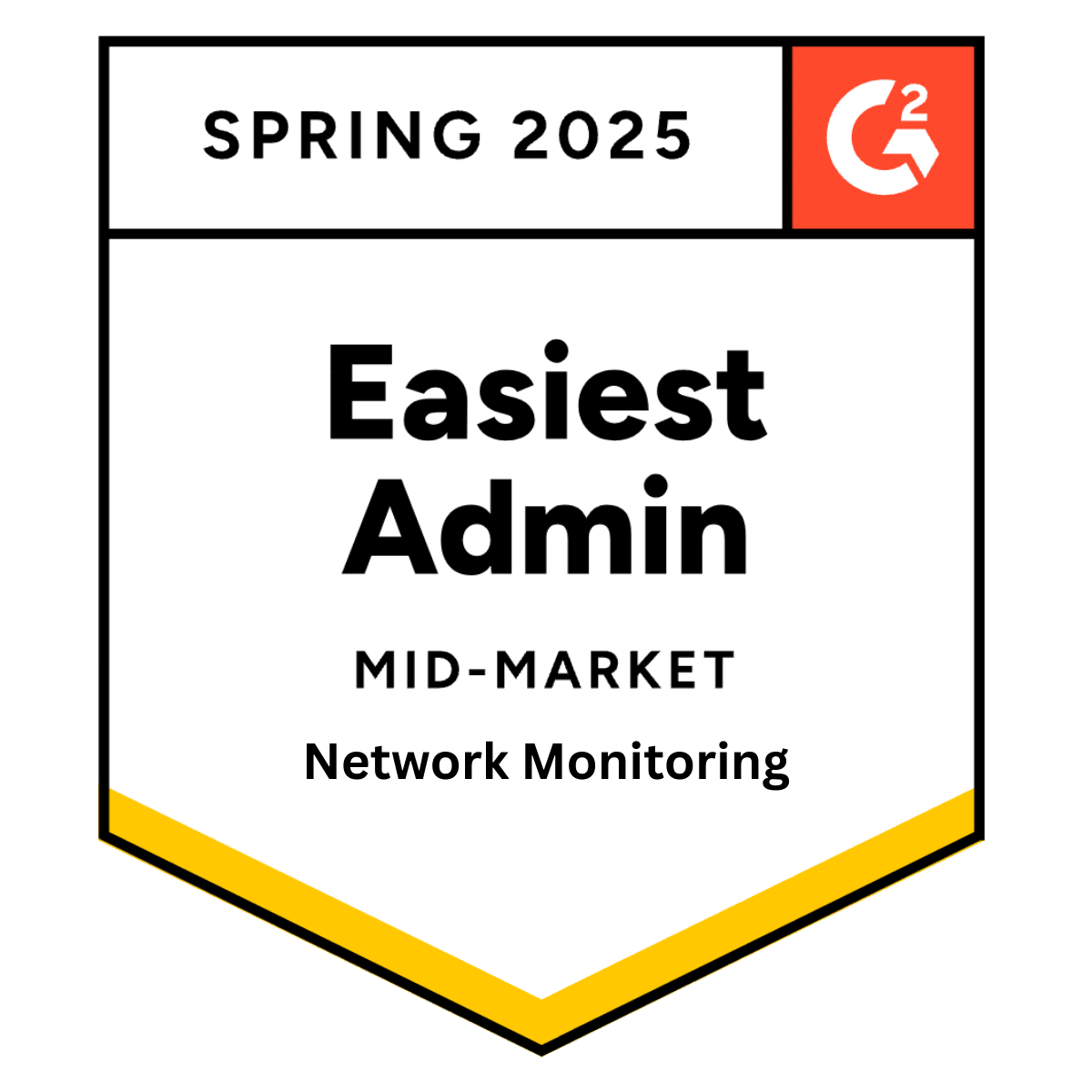Increased Infrastructure / Applications Spend Boosts Need for End Point Management
Gartner’s latest spending forecast has three major findings of interest to IT pros and MSPs:
More devices will be bought, with Windows 10 driving much of the demand.
IT outsourcing powered by automation are on the move and through their efficiency are driving down costs.
Smartphones are experiencing a healthy surge in demand.
These points highlight the increasing importance and maturity of IT automation, a technology long harnessed by leading edge MSPs. Meanwhile the growth in smartphones makes them an ever more essential IT management device.
Is a step up from the Pro Edition, and is also aimed at IT rather than MSPs. Here workstations are differentiated from servers, with workstations starting at (USD) $0.99 and servers at (USD) $3.25 per month. Again, the starts from 50 endpoints, and offers 50 users accounts. One remote desktop instance is also standard, and the offering is billed annually.
Another issue is a massive increase in enterprise software, making it critical to control spending in other areas such as IT management software and related operating expenses.
All of this points to a need for enterprises and MSPs to make sure they have invested in the right technologies to manage their IT infrastructure – of which one the most important is end point management. The key is a proper Remote Monitoring and Management (RMM) solution, often known as end point management in pure IT circles.
High Level View
In the Gartner Forecast Alert: IT Spending, Worldwide, 2Q17 Update, Gartner upped its forecast for 2017 IT spending from an increase of just 1.0% in the earlier report all the way 2.4%. That is just overall spending. Segments such as device sales are far stronger. Here Gartner predicts devices will surge 4.7% this year. An earlier prediction had device growth at a mere 0.9%.
Enterprise Software Boost Means More Infrastructure to Support It, Less Budget for Other Items
Gartner expects robust growth in enterprise software market sales of 8.6% this year, hitting a total of some $392 billion. This healthy trend will continue for the next four years. “Through 2021, we expect the market to grow at an 8.5% CAGR in constant currency,” Gartner wrote.
IT doesn’t just buy enterprise software. They also need infrastructure to run it. On-premises software needs servers that must be managed, and cloud apps needs robust internal and wide area networks to work effectively.
The Device Conundrum
All these servers and end points bought to work with the growing base of enterprise software need to be patched, updated, monitored and repaired when things go awry. That requires an RMM or in IT parlance, an end point management solution. An interesting issue is that mobile devices are surging, making them a more obvious IT management solution and the perfect place to operate your RMM.
Gartner forecasts that the device market will grow 4.3% this year. And PCs are apparently far from dead. “Through 2017, business Windows 10 upgrades should provide underlying growth, although increased component costs will see PC prices increase,” Gartner wrote. “The underlying demand for PCs is more robust, with businesses replacing PCs with Windows 10 PCs.”
Outsourcing Means Smooth Runway for MSPs
IT outsourcing is smoking hot, and this is great news for MSPs that handle the bulk of IT duties for SMB clients. And the economics of managed services are getting better and better. “On the IT outsourcing (ITO) front, as intelligent automation services start to have an impact on the price offered to buyers (2018 onward), insourced firms will struggle to compete with external providers that are able to develop advanced delivery fueled by intelligent automation services,” Gartner argued. “From 2018, insourcing will become less relevant. As external providers upgrade offerings, buyers will be forced to continue the shift to outsourcing to keep up with the pace of technology.”
Pulseway’s Advanced Automation
Many systems management tools these days offer automation, especially remote monitoring and management (RMM).
The benefits are huge. Not only are systems constantly probed for problems, remediation is often automatic as are software updates and patching. Expect automation to be able to take care of virtually all problems in the future, simply leaving behind a record of what was done.
Mobile RMM
Pulseway is a state of the art RMM that brings all RMM features to your mobile device. With it, admins regardless of location are alerted to problems such as potential system failure. The RMM can then remediate the situation preventing downtime and possible loss of data.
Admins can build on top of Pulseway features and modify its behavior by integrating other tools or functions using the REST API or the Cloud API.
Find out more about Mobile RMM here.
Share this post
Related Posts
Join the Ranks of Satisfied Customers and Experience the Pulseway Difference Today.








